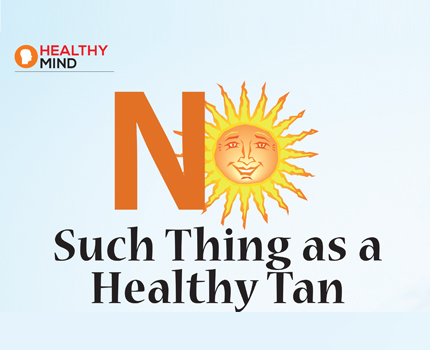 Tanning
Tanning
From sun bathing to spray on tans, according to anti-aging expert Mona Syed Mirza, studies have shown a strong correlation between sun tanning and skin cancer. “The sun’s ultraviolet rays are the most threatening component of a natural suntan as basically two types of UV rays, UVA and UVB, negatively affect the skin by deeply penetrating our skin and potentially damage gene composition,” says Syed- Mirza. “UVA rays are the predominant type and tend to cause skin cancer
after prolonged periods of time.” Sunburn and the redness associated with sun exposure result from UVB rays, which are also a strong risk factor for skin cancer.
Aging
The damage from sun exposure can actually age your skin in the long run as both UVA and UVB radiation can cause skin damage including wrinkles, lowered immunity against infection, aging skin disorders, and cancer. Other long terms ffects include collagen breakdown, the formation of free radicals, interfering with DNA repair, and inhibiting the immune system.
Sun Protection Factor
With the gamut of sun protection products available in the market, choosing between an SPF 30 or an SPF 50 can be confusing. According to Syed-Mirza, as a rule, if you tend to burn within 10 minutes of being exposed to the sun without any
protection, then by applying SPF 30 you will get 10 (the minutes of sun exposure) multiplied by 30 (the SPF factor) which is the equivalent of 300 minutes or 4.5 hours of protection. She advises looking for sun blocks which have high zinc oxide content as zinc has natural SPFs and works to protect the skin without causing any damage or clogging the pores.
Sun Tips
- Apply sunblock 15 minutes before you go into the sun and be sure to reapply every two hours.
- Stay out of the sun between 12 noon and 3 o’clock when the sun is at its hottest. Move into the shade or cover up with a T-shirt and broad-rimmed hat.
- Keep a facial vitamin skin mist handy to cool down the skin.
- Use products with SPF built into them.

